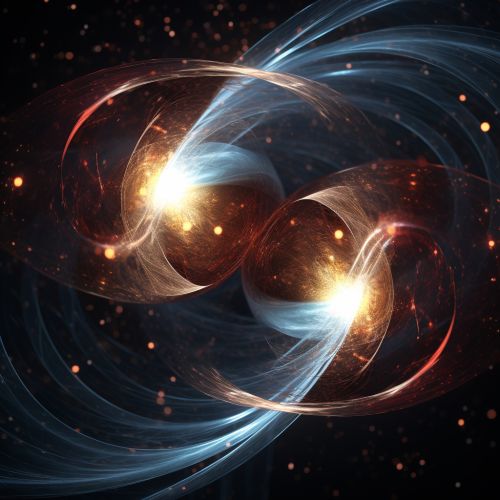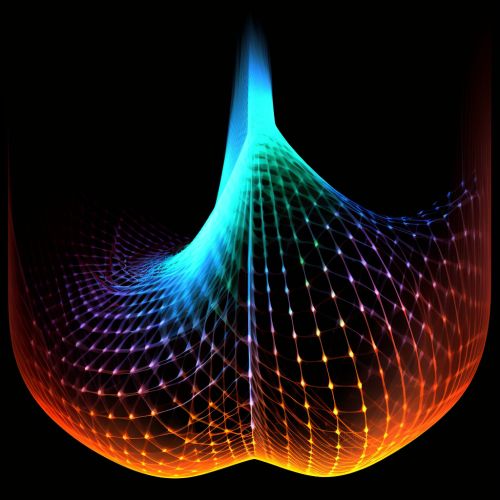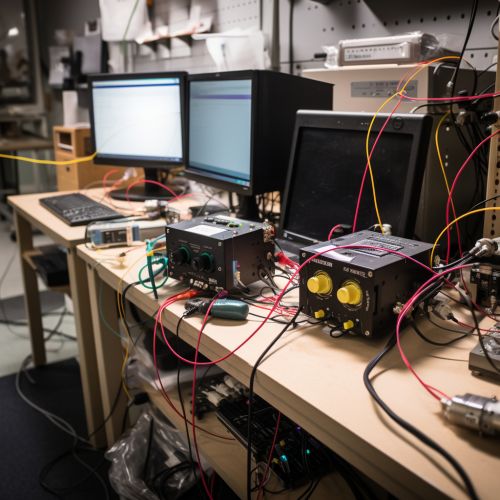The Physics of Quantum Entanglement
Introduction
Quantum entanglement is a physical phenomenon that occurs when a pair or group of particles interact in ways such that the quantum state of each particle cannot be described independently of the state of the others, even when the particles are separated by a large distance. The topic of quantum entanglement falls under the broader umbrella of quantum mechanics, a fundamental theory in physics that provides a description of the physical properties of nature at the scale of atoms and subatomic particles.


Theoretical Background
The concept of quantum entanglement was first introduced by Albert Einstein, Boris Podolsky, and Nathan Rosen in 1935, in their work known as the EPR paradox. They questioned the completeness of quantum mechanics by proposing a thought experiment which, in their view, had implications that were too "spooky" to be real. However, later advancements in quantum theory and experimental technology have confirmed that the phenomenon of quantum entanglement is indeed real and has become a cornerstone of quantum information science.
Quantum States and Superposition
In quantum mechanics, the state of a quantum system is described by a wave function, which provides the probabilities for the outcomes of measurements made on the system. A key feature of quantum mechanics is the principle of superposition, which states that a quantum system can exist in multiple states at once. This is in stark contrast to classical physics, where a system can only be in one state at a time.


When two particles become entangled, their quantum states become interdependent. If one particle is in a superposition of states, the state of the other particle is immediately affected, no matter the distance between them. This instantaneous effect is what Einstein famously referred to as "spooky action at a distance".
Entanglement and Quantum Information Science
Quantum entanglement plays a crucial role in the emerging field of quantum information science, which includes quantum computing, quantum cryptography, and quantum teleportation. In quantum computing, for example, entangled quantum states are used to perform computations that are exponentially faster than classical computers. In quantum cryptography, entanglement is used to create unbreakable encryption keys. And in quantum teleportation, entanglement is used to transmit quantum information from one location to another without physically transporting the underlying particle.


Bell's Theorem and Experimental Tests
In 1964, physicist John Bell proposed a theorem that provides a test to distinguish between quantum mechanics and local hidden variable theories. Bell's theorem states that no physical theory of local hidden variables can reproduce all the predictions of quantum mechanics. Experimental tests of Bell's theorem have consistently supported the predictions of quantum mechanics, further solidifying the acceptance of quantum entanglement in the scientific community.
Conclusion
Quantum entanglement is a fascinating and counter-intuitive aspect of quantum mechanics. Despite its 'spooky' nature, it has been experimentally confirmed and is now being harnessed for technological applications in the field of quantum information science. As our understanding of quantum mechanics continues to deepen, the strange world of entangled particles will no doubt continue to reveal new and exciting possibilities.


